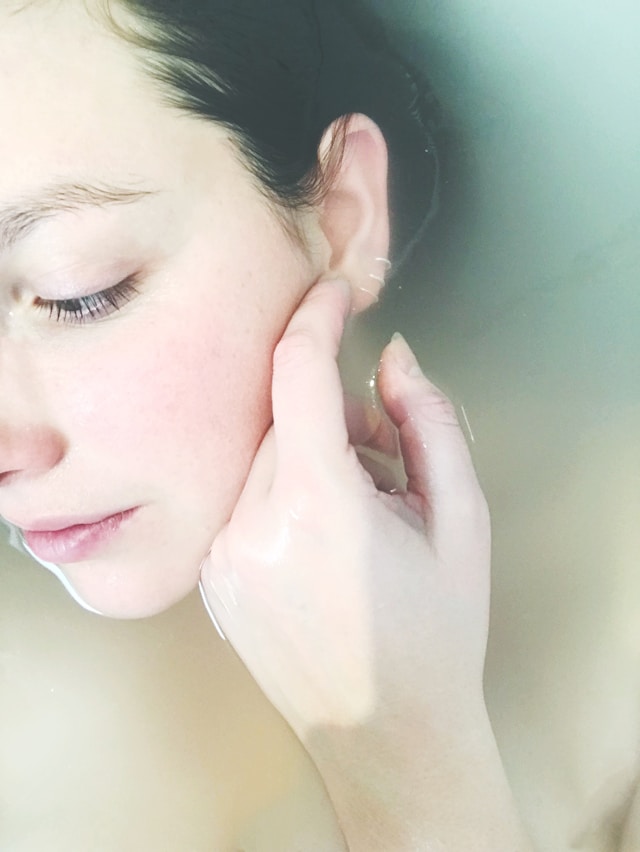Revitalizing skincare means bringing back the glow to tired skin. This can be done with a few different techniques, including microdermabrasion.
Microdermabrasion is a noninvasive treatment that removes excess dead skin, stimulating the birth of new skin cells. It can be performed by a dermatologist or at home with a microdermabrasion kit.
Brighter Skin
A treatment that delivers glowing, baby-soft skin sounds too good to be true—and yet, there is such a thing as a “lunchtime facial.” Microdermabrasion (MDA) is a quick, in-office facial peel that exfoliates and smooths out uneven tone and texture, reduces fine lines and wrinkles, and helps fade dark spots.
The procedure can be done in the comfort of a medical office or spa by an aesthetician, physician assistant, nurse, or dermatologist without anesthesia. However, as with any cosmetic procedure, finding a skilled provider who uses a reputable device and recommends the appropriate number of treatments is essential.
The most common types of microdermabrasion use crystals or diamond-tipped wands to buff away the outer layer of dead skin cells, leaving the fresh new layers beneath. The process is painless and usually takes an hour or less. It also helps to arrive at your appointment with a cleansed face free of makeup so the results are optimal.
Smoother Skin
Microdermabrasion is a gentle way to reduce superficial scarring, dark spots, and acne. Additionally, it might minimize the visibility of wrinkles and fine lines.
In addition, microdermabrasion Virginia Beach can make your complexion appear younger and more rejuvenated by removing dead skin cells. Additionally, it can increase the creation of collagen, giving skin a firmer, more youthful appearance.
Prepare your face for your session by avoiding facial scrubs and exfoliating creams for best results. It would help to prevent tanning and waxing for a few days before treatment. If possible, arrive at your appointment with a clean face without any makeup. Afterward, it’s essential to moisturize your skin. If you want to amp up your results, ask an anaesthetician about pairing your microdermabrasion with a mild peel or a facial for additional light abrasion and extra skin rejuvenation. Redness and minor sensitivity are the most common side effects after a microdermabrasion treatment. Your skin may feel dry and tight for a day after your treatment.
Reduced Acne
Acne scars aren’t just a cosmetic issue; they can negatively affect self-esteem and lead to depression and anxiety. Microdermabrasion won’t treat the underlying cause of acne, but it can help lessen the look of scarring. The treatment may exacerbate mild acne in some cases. It cannot penetrate the skin’s surface and target the bacteria that cause inflammatory breakouts.
Microdermabrasion uses a device to gently buff away the outer layer of skin and encourage collagen production. This lessens the visibility of sun-induced dark spots, hyperpigmentation, and fine lines and wrinkles. It also helps to eliminate dullness that can cause your skin to look tired or sallow. Combine a microdermabrasion treatment with other rejuvenating treatments, such as chemical peels and facials, for the best results. This way, you can achieve a healthier and more youthful-looking face in one visit to the dermatologist. Then, continue your skincare routine with a gentle cleanser and moisturizer tailored to your skin type.
Reduced Wrinkles
While you can’t completely erase fine lines and wrinkles, microdermabrasion does a great job of softening them. This is because it removes your skin’s rough, damaged layer and exposes younger-looking cells underneath. Additionally, it promotes collagen formation, which evens skin tone and pigmentation and smoothes your face.
To perform a microdermabrasion treatment, the skin is usually cleansed before it’s sprayed with tiny crystals or buffed with a diamond-tipped wand. A freezing spray may numb the treatment area, but local anesthesia isn’t typically necessary. It may take a few days for the redness and swelling to subside, and you’ll need to moisturize and use sunscreen on your face daily.
To get the most out of your microdermabrasion sessions, schedule regular touch-ups every 1-2 months. That way, the results will continue to improve and last longer.

